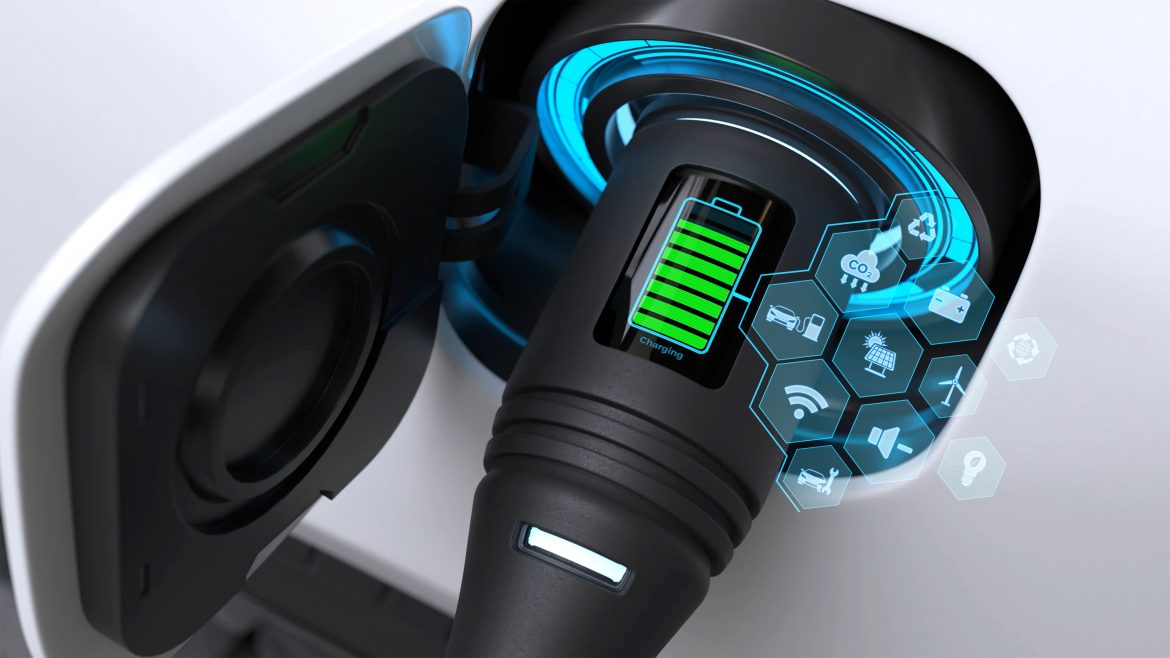Ever since we transitioned from the days of clunky wired gadgets to sleek, wire-free devices, battery tech has been quietly but powerfully changing the way we live, work, and play. No longer just about charging our smartphones or laptops overnight, batteries now underpin innovations like smartwatches that track our health 24/7, electric cars cruising hundreds of miles on a single charge, and even wearable tech that seamlessly blends into our everyday routines. It’s like a silent revolution—hence the nickname “quiet batteries”—driving our devices to last longer, work smarter, and become safer and more environmentally friendly—all without us really noticing the fuss.
Why Quiet? Because most of these advancements happen behind the scenes, without much fanfare but with big impacts. Much of the progress isn’t about flashy new gadgets but about smarter materials, smarter designs, and smarter chemistry—technologies working behind the curtain to boost energy density, safety, and eco-friendliness. For consumers, this means fewer worries about dying batteries, less environmental guilt, and gadgets that can keep up with our increasingly connected lifestyles.
In this article, we’re going to explore some of these breakthroughs—what’s happening in labs, what’s coming to market soon, and how these tiny changes might shape a future where battery-powered devices are more powerful, safer, and greener than ever before. Whether you’re a tech buff, an eco-warrior, or someone tired of hunting down chargers, understanding these innovations helps us see the bigger picture of a more mobile, sustainable world.
The Future of Power: Breakthroughs and Trends in Battery Technology That Will Keep Your Devices Going Longer and Safer Than Ever Before
The landscape of battery tech is evolving rapidly—almost faster than most of us can keep up. But it’s not just about squeezing a little extra juice out of our batteries; it’s about rethinking the entire concept of portable power. Today’s research and development are pointing toward a future where batteries are safer, smarter, and kinder to our planet.
Next-Gen Materials and Chemistries
One of the most exciting trends is the development of new materials capable of delivering more power in less space. For example, solid-state batteries—sometimes called the “holy grail” of energy storage—are a big deal. Unlike traditional lithium-ion batteries that use liquid electrolytes, solid-state ones use solid electrolytes which make them far safer (less fire risk) and potentially much more energy-dense. This means longer-lasting devices, electric cars that can go much farther, and quicker charging times.
Researchers are also experimenting with alternative chemistries like lithium-silicon anodes instead of graphite, which can hold more charge, or sodium-ion batteries as a cheaper and more abundant option. These alternative materials could help make batteries not only better but also cheaper and easier to produce at scale—an important step toward wider adoption.
Charging on the Fast Track
No one wants to sit around waiting for their battery to juice up for hours. Enter fast-charging technologies—some capable of giving your device a significant battery boost in just 10-20 minutes. Scientists are working on new charging architectures and higher-capacity components that minimize heat and stress, making rapid charging safer and more efficient.
Smarter and Safer Batteries
Safety is a big deal—batteries can be volatile, especially when mishandled or damaged. Newer designs incorporate safety features like better separators and fire-resistant materials. Battery management systems are becoming more sophisticated, capable of monitoring and adjusting the charging process in real time to prevent overheating or overcharging—think of it as an intelligent guardian for your device’s power source.
Sustainability and Recycling
The environmental footprint of batteries is under the spotlight. A lot of innovation now focuses on recyclable batteries and greener manufacturing practices. For example, researchers are exploring batteries made with abundant, non-toxic materials that are easier to recycle or replace. Companies are also pushing for closed-loop manufacturing, aiming to reuse old batteries and extract valuable materials, reducing waste and lowering the overall environmental impact.
What Does All This Mean for You?
In practical terms, these advancements promise longer-lasting devices, fewer frustrating charging sessions, and safer, greener batteries. Imagine a future where your electric vehicle can cover 500 miles on a single charge, your smartphone doesn’t need daily charging, and batteries can be recycled efficiently without damaging the environment.
Moreover, these breakthroughs could usher in new applications—like longer-lasting energy storage for renewable sources or smarter power management systems for homes and factories—making our energy use more efficient and sustainable.
The Road Ahead
While some of these technologies are still in the development or testing phases, many are already starting to emerge in consumer products. As research accelerates and manufacturing scales up, expect to see a steady stream of smarter, safer, and more powerful batteries fill our lives.
In conclusion, the quiet revolution in battery technology isn’t just making devices last a few hours longer; it’s fundamentally reshaping what portable power can do—and how we do it. From everyday gadgets to the electric vehicles that will take us into a greener future, these innovations promise a more connected, safe, and sustainable world. The good news is, it’s happening quietly, but its effects will be felt loudly in the years to come.
Would you like me to add specific examples of new battery products, or perhaps discuss the implications for particular industries?



